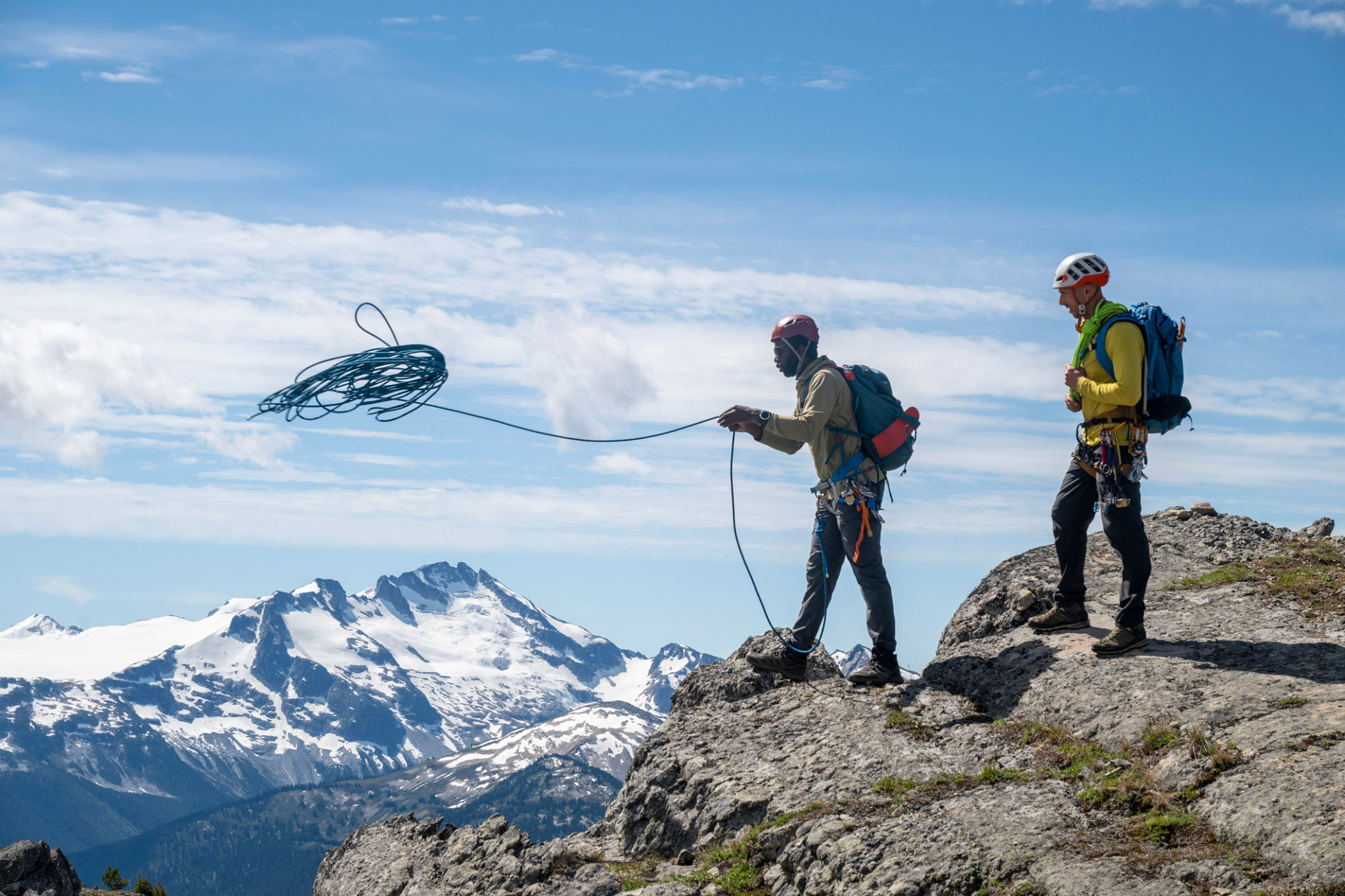Common Safety Myths Debunked: Insights from Montana Safety Consultants
Understanding Safety Myths
When it comes to workplace safety, misconceptions abound. These myths can lead to practices that are not as safe as they seem, potentially putting workers at risk. To help clarify these misunderstandings, Montana Safety Consultants have compiled a list of common safety myths and the truths behind them.

Myth 1: Safety Gear is Always Uncomfortable
A prevalent belief is that all safety gear is bulky and uncomfortable. While this might have been true in the past, advancements in technology and design have made modern safety equipment both protective and comfortable. Employers can now choose from a variety of gear that offers optimal protection without sacrificing comfort.
Additionally, proper fit and training on how to use equipment can greatly enhance comfort levels. It's crucial to ensure that employees understand the importance of wearing gear correctly to maximize both comfort and safety.
Myth 2: Accidents Only Happen in High-Risk Industries
Many people assume that accidents are confined to industries like construction or manufacturing. However, accidents can occur in any work environment, from offices to retail stores. The key to preventing them is a comprehensive safety program tailored to the specific needs of each workplace.
It's important for all businesses to conduct regular risk assessments and provide appropriate training for employees, regardless of the industry. This proactive approach helps in identifying potential hazards before they result in an accident.

Myth 3: Safety is Solely the Employer's Responsibility
While employers are legally required to provide a safe working environment, safety is a shared responsibility. Employees must also be vigilant and proactive in following safety procedures and reporting potential hazards. A culture of safety encourages everyone to take ownership of their well-being.
Creating an open dialogue between management and staff can lead to more effective safety strategies. Encouraging employees to participate in safety meetings and training sessions fosters a collaborative approach to workplace safety.
Myth 4: Older Equipment is Just as Safe with Proper Maintenance
Some believe that older equipment can perform as safely as newer models if maintained properly. While maintenance is crucial for the safe operation of any equipment, advancements in technology have led to significant improvements in safety features. Investing in newer equipment can greatly enhance workplace safety.
Regular updates and replacements should be part of a company's safety strategy, ensuring that they are not relying on outdated equipment that could pose risks.

Conclusion: Debunking Myths for a Safer Workplace
Understanding and debunking common safety myths is essential for creating a safer work environment. Employers and employees alike must be informed about the realities of workplace safety to effectively mitigate risks. By addressing these misconceptions, businesses can foster a culture of safety that benefits everyone involved.
Montana Safety Consultants are dedicated to providing expert advice and training to help organizations navigate these challenges. Embracing truth over myth is the first step towards achieving a safer workplace for all.
